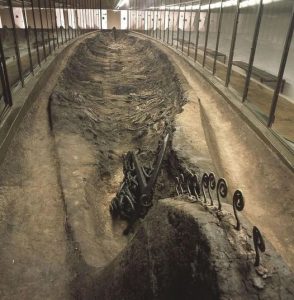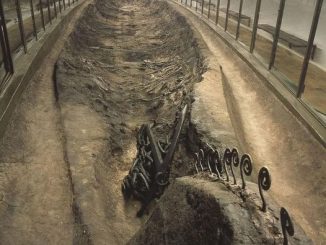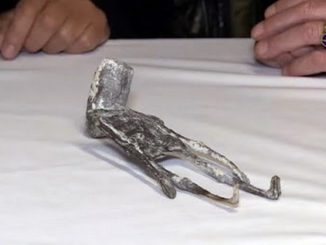Used during the Middle Ages, oubliettes were pit-like prisons where doomed victims were left to slowly starve or go mad.
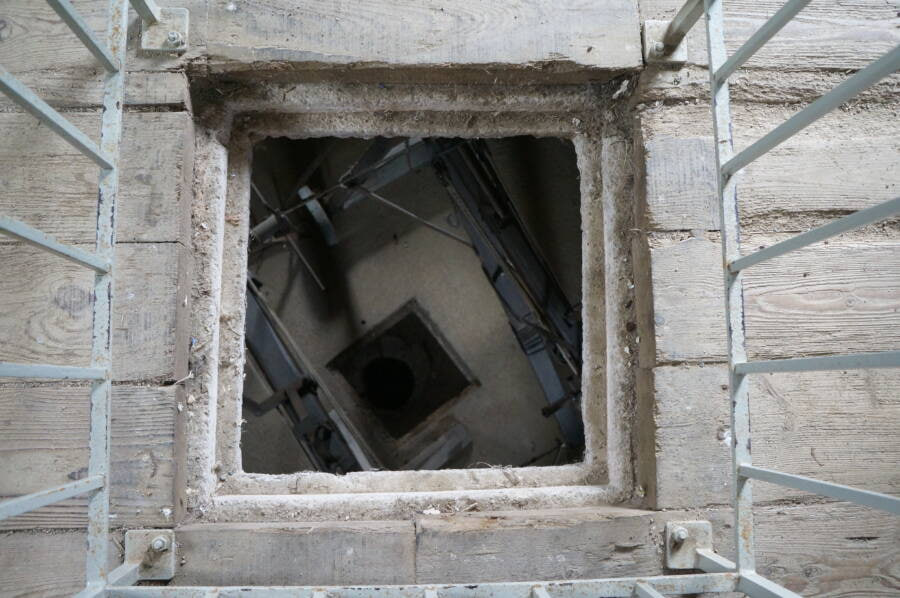
Pierre André Leclercq/Wikimedia Commons
A reconstructed oubliette at Fort La Latte, a castle in Plévenon, France.
Prisoners in the Middle Ages often faced a myriad of painful torture methods. But one of the worst inflicted no violence on the prisoner at all. Instead, it merely left them — forgotten — in a prison called an oubliette.
Oubliettes, which have been found in castles across Europe, were very simple. They were deep, narrow pits where someone could be imprisoned indefinitely. Lacking food, water, sunshine, and any means of escape, the prisoners very quickly broke — if they were allowed back out at all.
Such spaces have been documented in prisons like the Bastille in France, as well as castles in England, Ireland, and Turkey. But it’s possible that some of these narrow spaces were actually used for something else entirely.
What Is An Oubliette?
As French speakers will know, oublier means “to forget.” And that’s where the word oubliette comes from. Within them, prisoners could be forgotten.
Also called “bottle dungeons,” oubliettes were often made of a thin vertical shaft connecting to a lower dungeon. Victims would be lowered or even thrown into the prison and left in the darkness.
Sometimes they were alone. But sometimes prisoners would be forced to share the cramped space with the decaying remains of previous victims, as well as scores of vermin feasting on their flesh.

An example of an oubliette from Château Pierrefonds in France.
“Prisoners were lowered into it and left either to starve to death or were fed and left to descend into madness,” Cathy Rowson, marketing coordinator at Nottingham’s Galleries of Justice, told the BBC after a 14th-century oubliette was discovered beneath the building in 2009.
Though some oubliettes, like the one found under the Galleries of Justice, were built deep in the earth, others were constructed into upper castle walls. That way, victims trapped inside were additionally tortured by the sounds of life going on outside their dark and dank prison.
These dungeons were believed to have been used during the Middle Ages, though the term “oubliette” didn’t appear until much later. So where were these horrific prisons located?
Infamous Oubliettes Across Europe
To date, medieval oubliettes have been found across Europe. These grim dungeons were built in castles from Wales to modern-day Turkey.

Leap Castle in Ireland is not only purportedly haunted, but also contains one of Europe’s grisliest oubliettes.
As Leap Castle explains, the castle oubliette was once used to store valuables and as a place to hide. But the O’Carroll clan eventually used the cramped space for a different purpose. They purportedly fitted the dungeon with wooden spikes, then proceeded to throw doomed victims into its depths.
When the castle was taken over by the Darby family in the 17th century, its new owners allegedly made a shocking find in the dungeon — dozens of impaled skeletons. “It is said that three cartloads of skeletons were removed from the oubliette during this period,” Leap Castle writes.
Clearing out the oubliette allegedly roused some of the castle’s most infamous spirits, who are said to wander Leap Castle to this day.
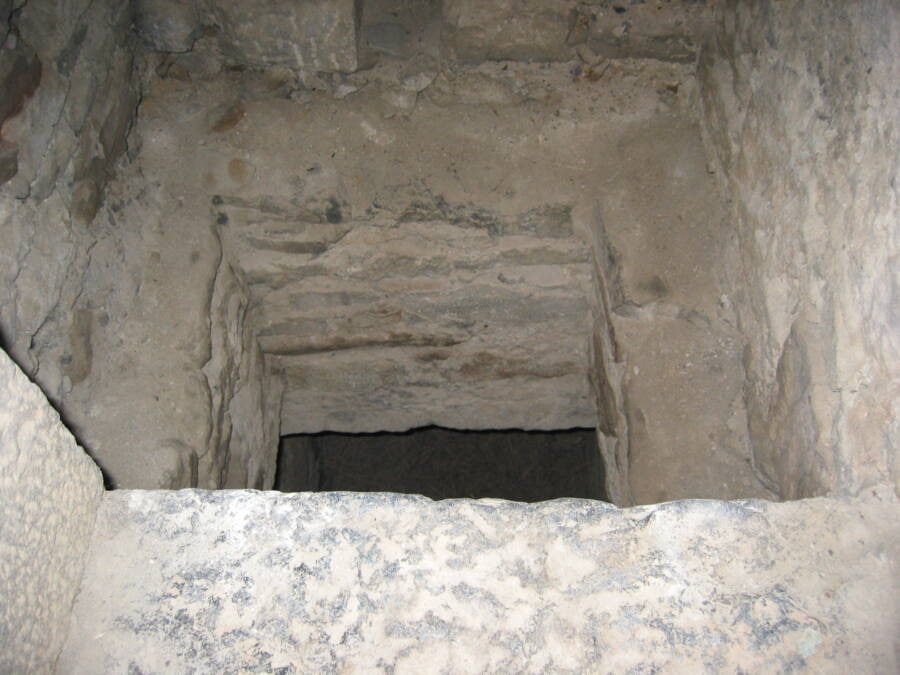
Looking over the edge of the oubliette at Leap Castle.
Other oubliettes have been found in Wales (at Pembroke Castle and Conwy Castles) across France (including at the infamous Bastille prison) and even in modern-day Turkey. There, medieval minds conjured a particularly cruel oubliette at the Rumeli Hisari’s Black Tower. Castles of Britain reports that prisoners at the Black Tower had to walk along a narrow, dark passageway until they reached an opening in the floor that swallowed them whole.
That said, the full history of oubliettes can be as impenetrable as the darkness suffered by their unfortunate victims.
Did These Infamous Prisons Really Exist?
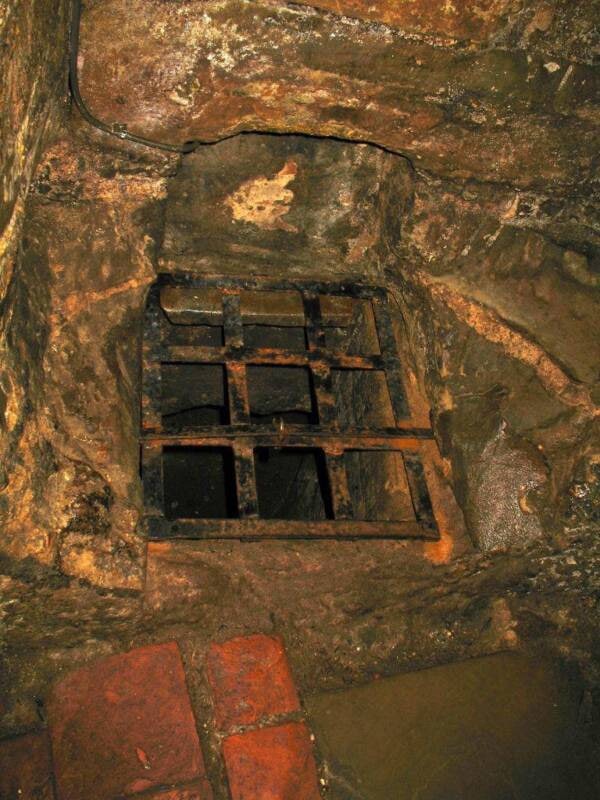
An oubliette at Warwick Castle in England.
Though oubliette-like prisons have been discovered in castles across Europe, the word “oubliette” wasn’t used until the 18th century. Then, History Defined reports that French writers like Alexandre Dumas and Victor Hugo coined the term as a literary device.
What’s more, some of these “prisons” might have been used for other purposes. The bone-chilling oubliette at the Bastille might have been used to store ice, and other oubliettes could have been used as sewers. Plus, historical accounts of oubliette use are few and far between.
That said, prisoners were certainly locked into pitch-black rooms during the Middle Ages and left to rot. The Tower of London’s “Little Ease” prison, for example, locked victims into a cramped, windowless space for as long as a week in hopes of breaking their spirit. There, prisoners were not fully able to stand, sit, or lie down.
And some believe that the oubliette discovered in Nottingham may have even held a famous prisoner — the legendary outlaw Robin Hood. As the story goes, he was thrown into a deep prison pit after being arrested by the sheriff of Nottingham and left to die (but managed to escape).
For the most part, however, the full story of the oubliette has been swallowed up by time. How often these prisons were used, and who was imprisoned there, can be difficult to suss out.
But what’s certain is that anyone condemned to these dungeons often faced a truly horrific death. Plunged in darkness, surrounded by the bones of previous victims, victims of oubliettes had little to do but listen as the rats crept closer and closer.
After discovering the grim history of the prison pits called oubliettes, read about some of the most horrific torture methods used during the Middle Ages. Or, learn about Devil’s Island, the notorious French penal colony where 40 percent of the prisoners didn’t even survive their first year.




